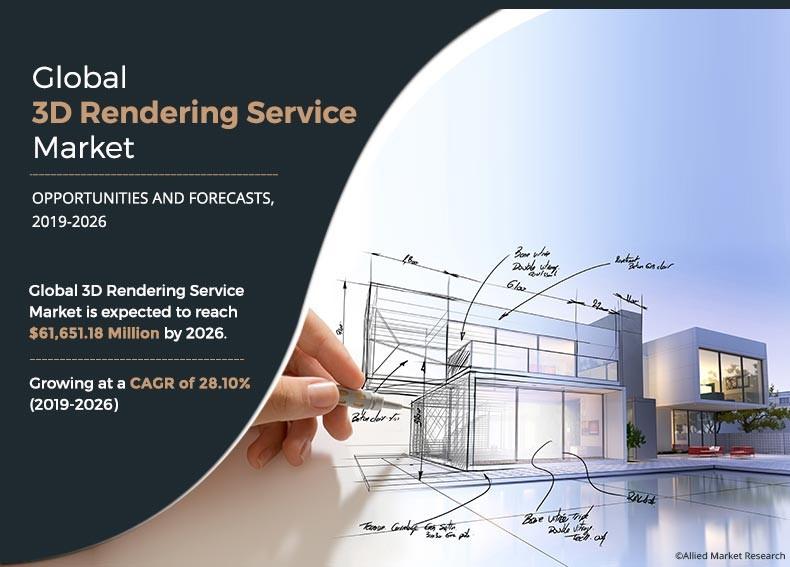The world of 3D computer graphics has come a long way since its inception. One integral part of this process is 3D rendering. Essentially, 3D rendering is the art of transforming 3D wireframe models into 2D images on a computer screen.

3D renders are widely employed in the fields of advertising, architecture, interior design, and entertainment. Moreover, these 3D renders have two primary types - photorealistic and non-photorealistic. Photorealistic renders aim to make the rendered images look realistic or as close as possible to the real image, while Non-photorealistic renders are more artistic in nature, often associated with cartoons or animations.
The 3D rendering process entails several stages. First, the model is created using 3D modeling software, which is often referred to as a wireframe form. Once the model is complete, materials, textures, and lighting are added to create a realistic virtual object. The final stage involves rendering, where the 3D software processes the model to create the final image.
Rendering can be done using two primary methods - CPU and GPU rendering. Central Processing Unit (CPU) rendering is the traditional method of rendering that involves using the CPU in a computer to perform the calculations required to render an image. The entire process can take a considerable amount of time. However, with recent advancements in technology, Graphics Processing Unit (GPU) rendering has become increasingly popular. This method harnesses the power of the graphics card to create faster and efficient renders.
With the advent of 3D rendering, computer graphics have become increasingly sophisticated. From architectural designs, virtual landscapes, to product visualizations, 3D rendering has transformed the world of design and innovation.
3D rendering technology allows architects and interior designers to create digital representations of buildings and spaces. This technology has revolutionized the design industry and helped create realistic images and graphics for clients. It allows designers to create a virtual environment and walk through spaces, making it easier for clients to understand the design.
Similarly, 3D rendering technology is used in advertising and marketing, where renderings of products are created to help companies showcase their products and services. 3D rendering has enabled firms to produce unique and realistic advertising campaigns that help build brand awareness.
In the entertainment industry, 3D rendering technology is used to create some of the most exciting and visually stunning movies and video games. These environments and characters created using 3D renders bring a surreal and immersive experience to the viewers and gamers.
In conclusion, 3D rendering technology has transformed the world of design, marketing, and entertainment. With the increasing demand for realistic and immersive graphics, the future of 3D rendering technology looks bright. Advancements in GPU rendering and Artificial Intelligence are paving the way for faster, more efficient, and precise rendering processes. 3D rendering will continue to play a vital role in the digital revolution for years to come.